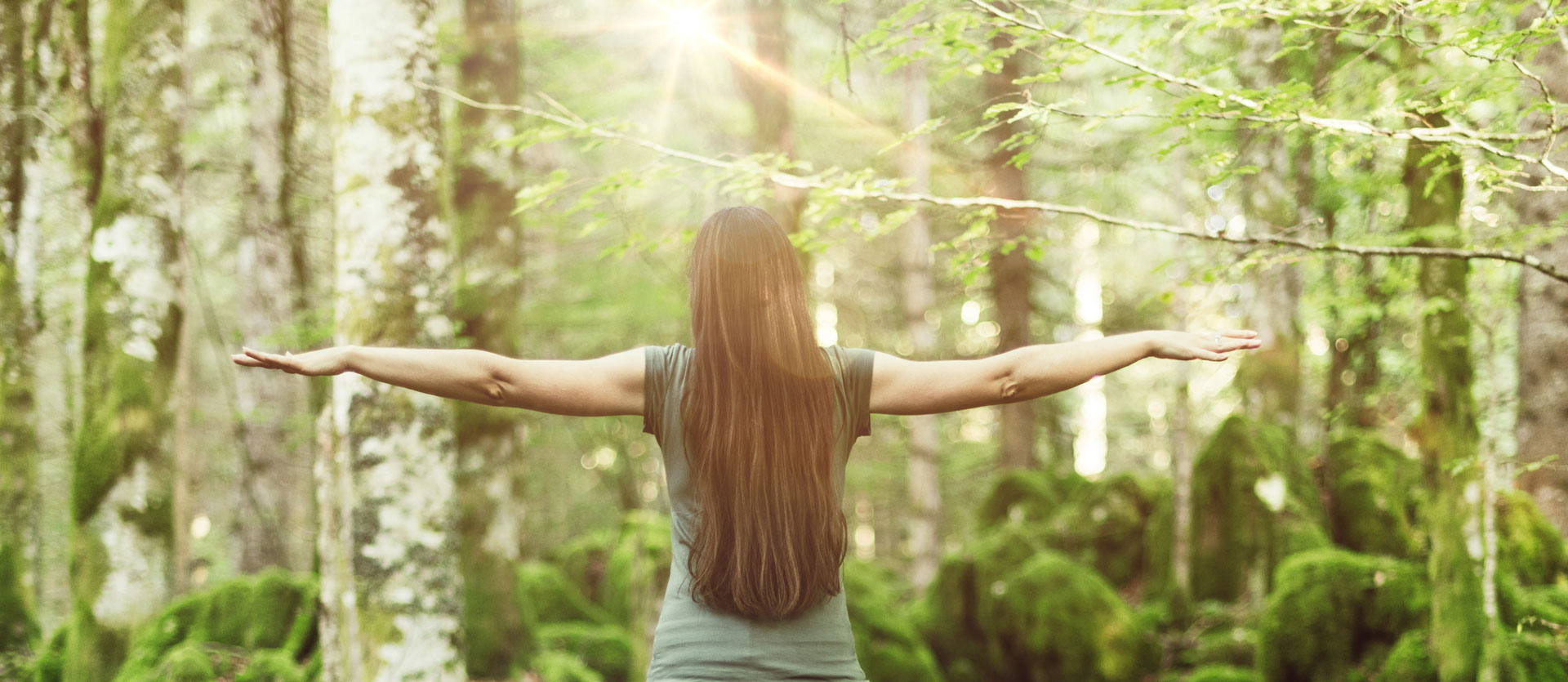
Wilderness Therapy: Nature as a Treatment Resource
When wilderness therapy first came on the scene, it evolved into a ’hoods in the woods scenario, where it was a toss-up who was tougher, the teens or the guides. Needless to say, it was rife with problems, the chief among them being lack of proper oversight, regulations, and quality training. More boot camp than summer camp; more Last of the Mohicans than last chance to turn things around.
Yet there remained something good, something instinctual sound about taking kids facing the most difficult of emotional and addiction challenges into nature, away from the loud and busy and chaotic of everyday life. Stripping away the excess, the unnecessary, and allowing teens to focus on basics—sun, water, earth.
We know that nature itself is healing: fresh air, sunshine, and plants have proven to reduce stress, anxiety, and depression. Combined with intentional, evidence-based approaches to addictions therapy, the new wilderness therapy is taking the good seed planted 40 years ago and cultivating it into something that can really grow and thrive.
To ensure this new brand of outdoor therapy adheres to ethical standards of addictions therapy, several doctoral-level researchers and clinicians created the Outdoor Behavioral Healthcare Research Cooperative. It evaluates programs and ensures the treatment courses are intentionally planned “in thoughtful, empirically based ways”.
This includes a proper initial assessment of each teen, identifying mental health issues, substance abuse, and average adolescent problems (insecurity, rebellion) and matching them with an appropriate therapist and peer group. Programs employ the usual combination of cognitive behavioral therapy to identify and replace negative thoughts, with journaling and group activities—but the environment itself acts as another treatment resource in which teens must learn to survive without the usual modern conveniences.
Learning that they can build a fire or forge a path or figure out how to get clean water is empowering. Self-confidence and self-efficacy emerge over the course of the program. They learn that they are not controlled by forces outside themselves, but can choose how to respond to what’s in front of them—the definition of an internal locus of control, in psychology-speak. This fundamentally shifts kids toward a healthier way of functioning in the world that provides them a stronger foundation for long-term success and sobriety.
Not only that, but because they are hiking all day long, breathing in fresh air, nourishing themselves with real food, they are naturally adopting healthy patterns of movement, eating, and sleep. As their physical health improves, their minds clear and their emotions can safely be tended to in this protected space.
Some wilderness programs also offer family therapy trips, underscoring the importance of the family system in helping a teen fully heal and keep the gains they’ve made. Families engage in trust-building activities and learn to work together as a team, a functioning unit. They also have time alone to work through individual issues that feed into any dysfunction within the family system.
The results for these programs are reduced depression, anxiety, and impulsivity, and improved self-confidence, emotional regulation, and sound decision-making abilities. Though wilderness programs are not covered by insurance (putting them out of reach for many families), it can be a transformational experience for those who choose it.
[sc name=”drb-footnote”]
[sc name=”media-contact”]

